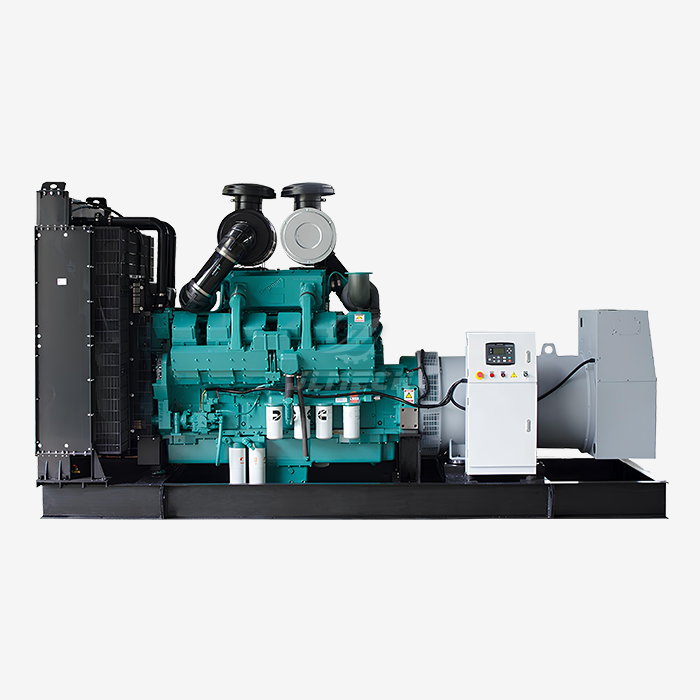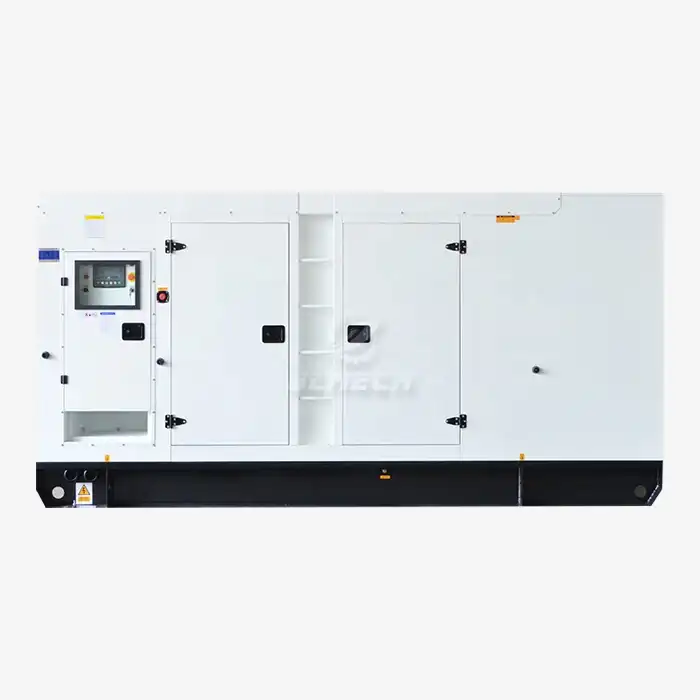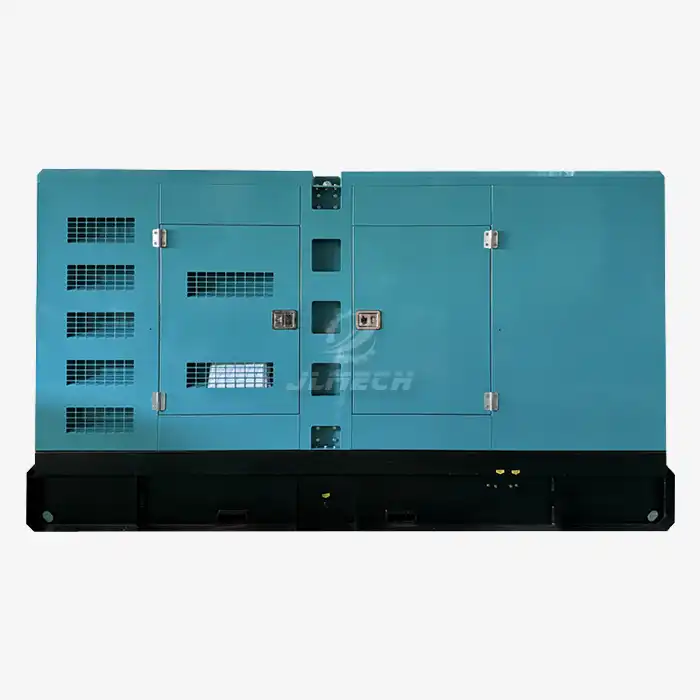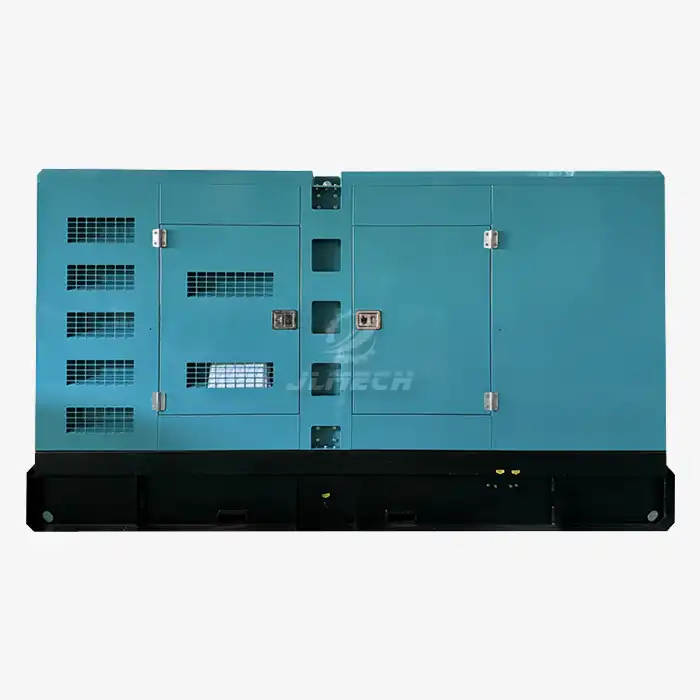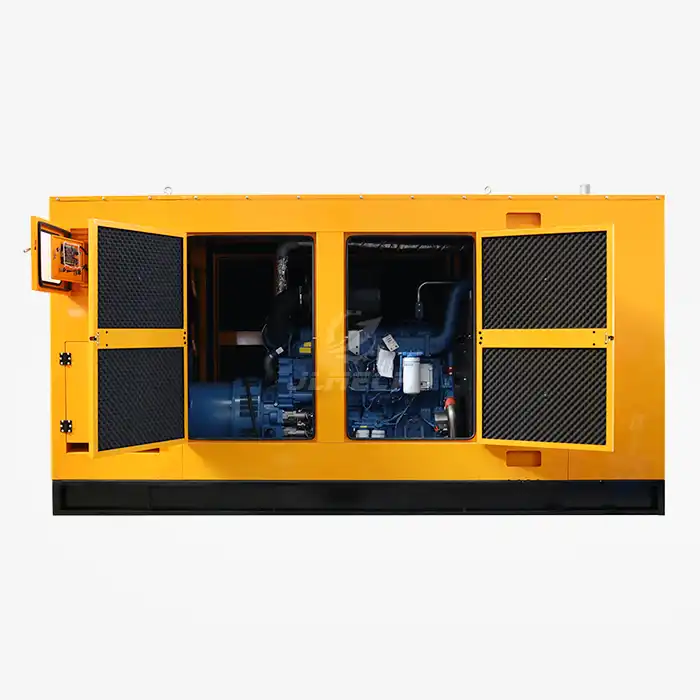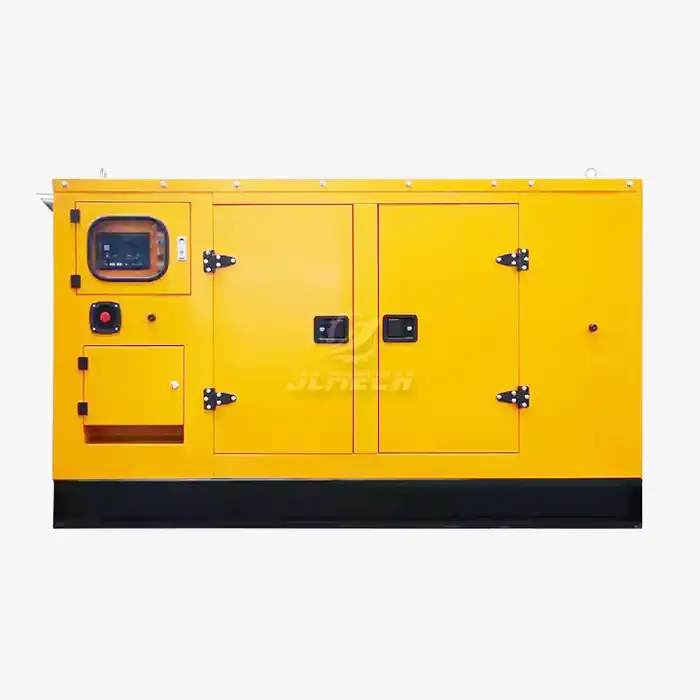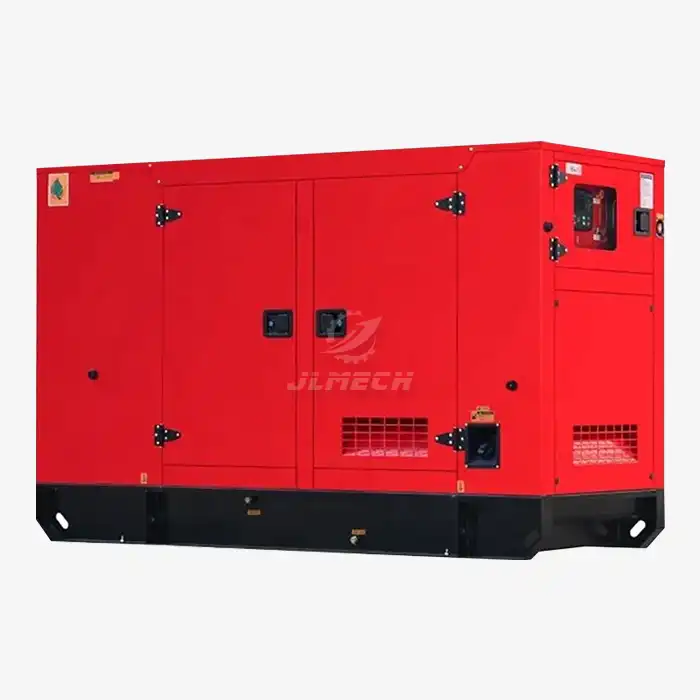What is a redundant generator?
A redundant generator system refers to a backup power solution where multiple generator sets are configured to work together, ensuring continuous power supply even if one unit fails. This approach goes beyond basic backup power by creating a system where no single point of failure can compromise power availability. In critical applications where power interruption is not an option, implementing a redundant generator configuration becomes essential for maintaining business continuity and protecting vital operations from unexpected downtime.

Fundamental Principles
Redundant generator systems operate on several key engineering principles:
Automatic Failure Detection:
Continuous monitoring of generator performance parameters
Instant detection of engine faults, fuel issues, or electrical problems
Automated alerts and system responses to detected anomalies
Seamless Power Transfer:
Automatic transfer switches (ATS) managing power source switching
Synchronization systems ensuring smooth generator engagement
Load transfer protocols maintaining voltage stability
System Configuration Models:
N+1 redundancy: One extra generator beyond required capacity
2N redundancy: Complete duplicate system for full backup
2N+1: Duplicate system plus an additional backup unit
Distributed redundancy: Multiple smaller units sharing the load
Primary Configuration Types
Different redundancy approaches suit various operational requirements:
Parallel Redundancy:
Multiple generators operating simultaneously
Load sharing across all available units
Automatic isolation of failed units
Capacity for maintenance without system shutdown
Standby Redundancy:
Primary generators handle base load
Backup units activate only during primary system failure
Lower fuel consumption during normal operation
Simplified control systems
Modular System Design:
Containerized generator modules
Scalable capacity through unit addition
Independent fuel and control systems
Flexible deployment options
Application Scenarios
Redundant generators prove essential in numerous critical environments:
Data Centers and Technology:
Tier III and IV data center requirements
Server farm power continuity
Network operation centers
Cloud computing infrastructure
Healthcare Facilities:
Hospital critical care units
Surgical and emergency departments
Medical equipment power supply
Life support system reliability
Industrial and Manufacturing:
Continuous process industries
Production line operations
Safety and monitoring systems
Quality control processes
Infrastructure and Commercial:
Air traffic control systems
Financial transaction processing
Telecommunications networks
Emergency response centers
Cost-Benefit Analysis
Understanding the economic implications of redundancy:
Initial Investment Considerations:
Higher capital expenditure for multiple generator units
Advanced control system costs
Installation and integration expenses
Engineering and design services
Operational Economics:
Reduced downtime costs through improved reliability
Maintenance flexibility without service interruption
Extended equipment life through load sharing
Insurance premium reductions in some cases
Return on Investment Factors:
Business continuity value assessment
Equipment protection benefits
Regulatory compliance requirements
Reputation and customer confidence impacts
Selection Guidelines and Common Configuration Mistakes
Choosing and implementing redundant systems requires careful planning:
Selection Criteria:
Business criticality assessment
Load profile and growth projections
Available space and installation constraints
Maintenance capabilities and resources
Budget considerations and lifecycle costs
Common Configuration Errors:
Single points of failure in control systems
Inadequate fuel supply redundancy
Poor load distribution planning
Insufficient testing capabilities
Inadequate maintenance access
Best Practices:
Independent fuel systems for each generator
Separate control and monitoring paths
Regular load testing and system verification
Comprehensive maintenance scheduling
Staff training and emergency procedures
Conclusion
Implementing a redundant generator system represents a strategic investment in operational resilience and business continuity. While requiring greater initial investment, the protection against costly downtime and operational disruptions provides significant long-term value for critical power applications. Proper design, installation, and maintenance ensure that these systems deliver the reliability and performance that modern operations demand.
Our engineering team specializes in designing and implementing redundant generator systems tailored to specific operational requirements. Contact us at skala@whjlmech.com for expert assistance in planning your redundant power solution.
References
- International Electrotechnical Commission. (2023). IEC 61400: Standard for Generator Redundancy Systems. Geneva: IEC.
- Institute of Electrical and Electronics Engineers. (2023). IEEE Standard 493: Recommended Practice for the Design of Reliable Industrial and Commercial Power Systems. New York: IEEE.
- National Fire Protection Association. (2023). NFPA 110: Standard for Emergency and Standby Power Systems. Quincy: NFPA.
- Johnson, M. (2022). Emergency Power Systems: A Comprehensive Guide to High-Speed Diesel Generators. Power Engineering Quarterly, 45(3), 78-92.



